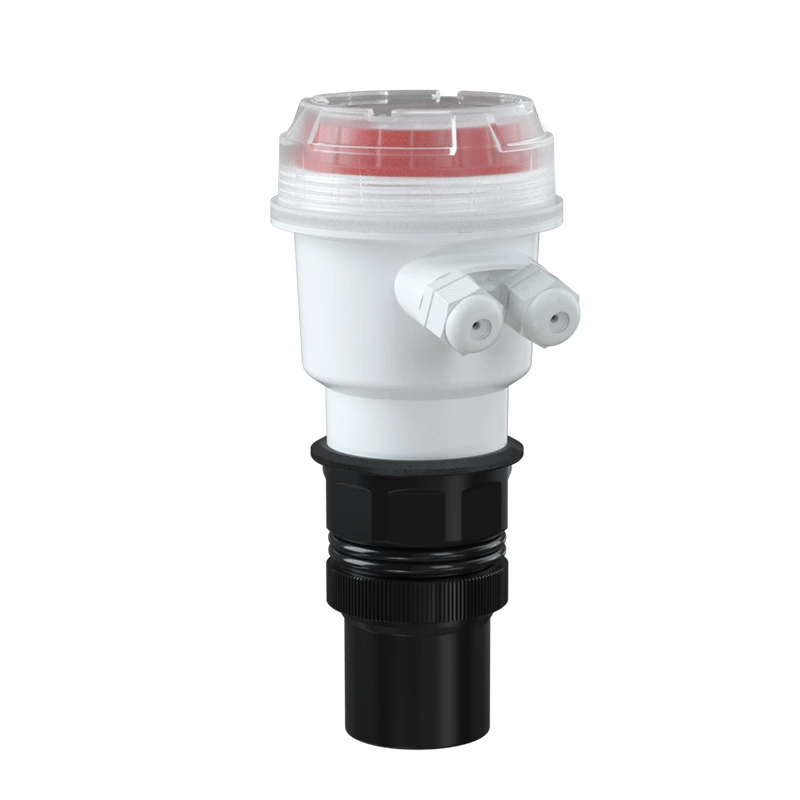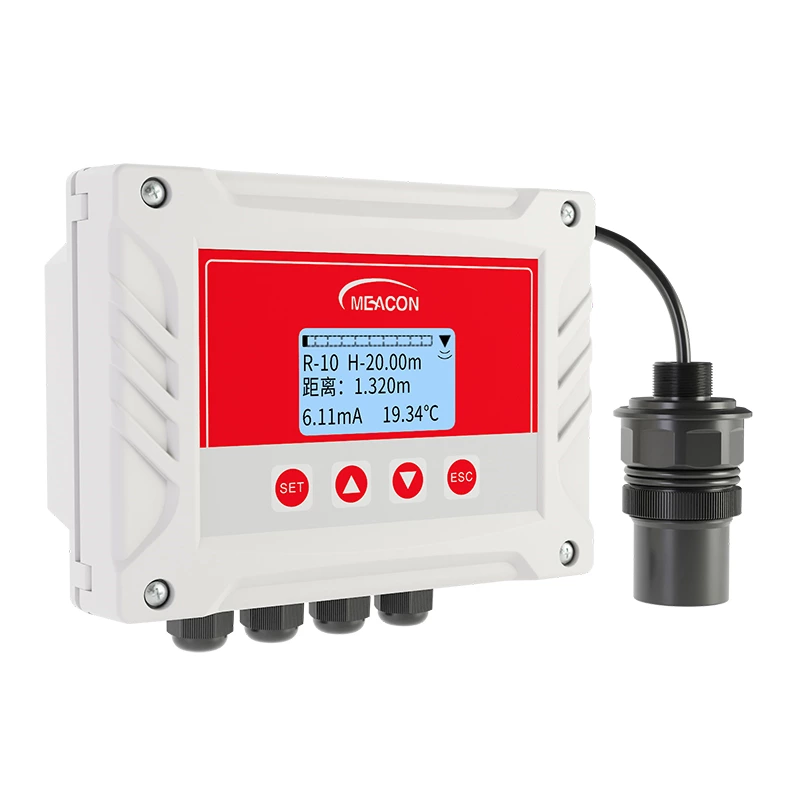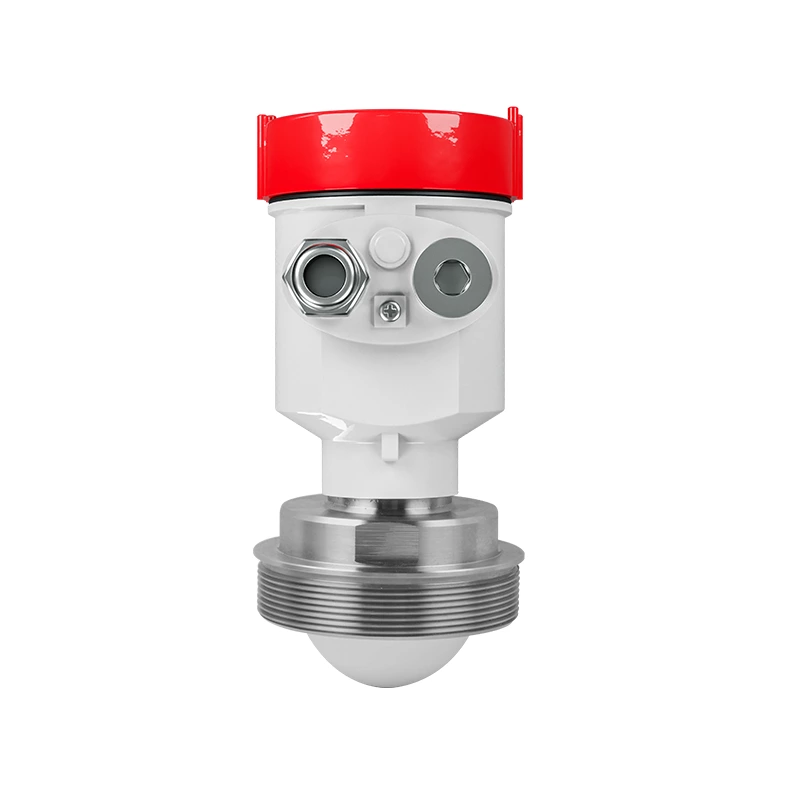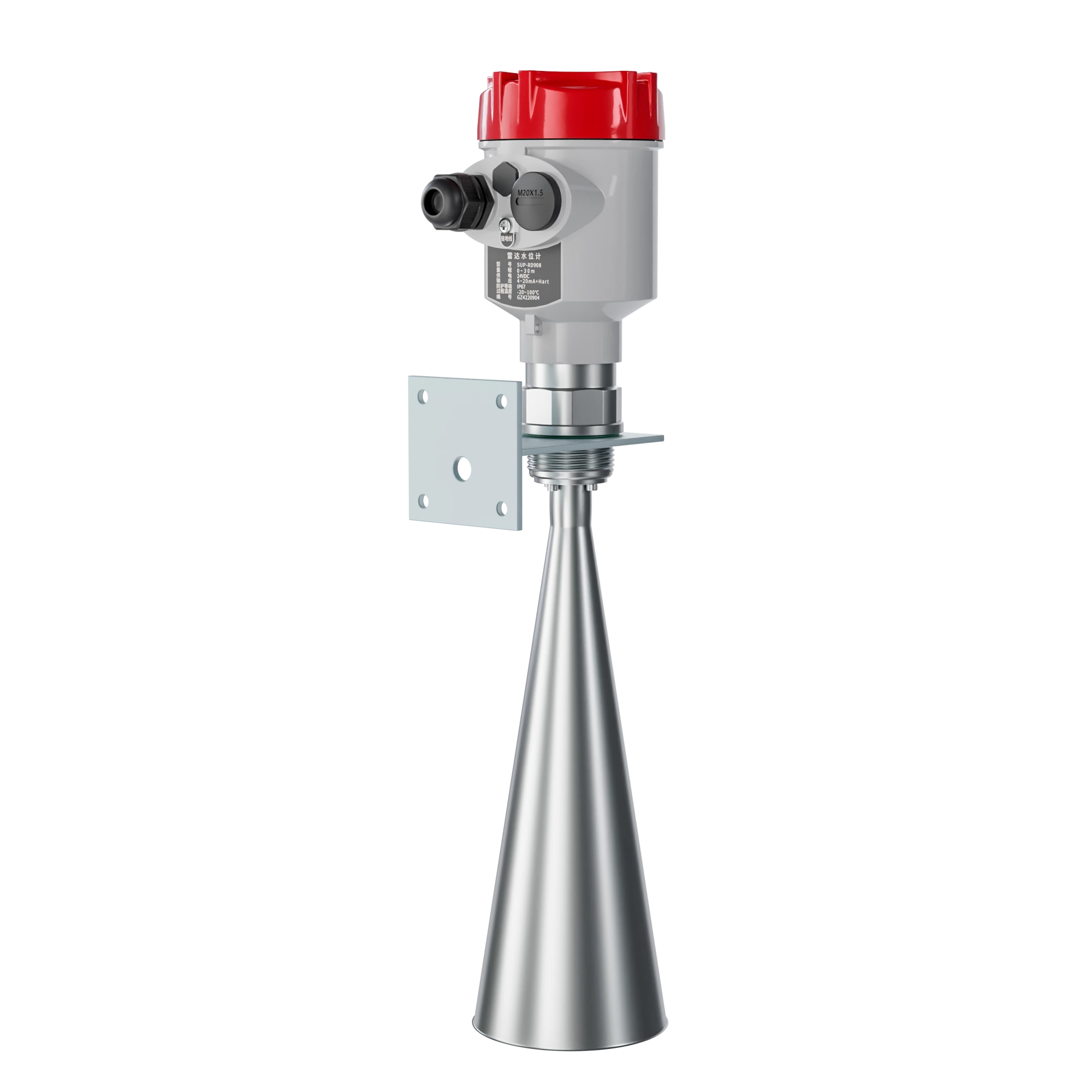Ultrasonic level meter troubleshooting
I believe everyone is very familiar with ultrasonic level meters . Due to the use of non-contact measurement, they can be widely used in the measurement of various liquids (such as sewage treatment, corrosive liquid measurement) and solid material heights.
Today I will introduce to you some common faults of ultrasonic level meters and tips for solving them.
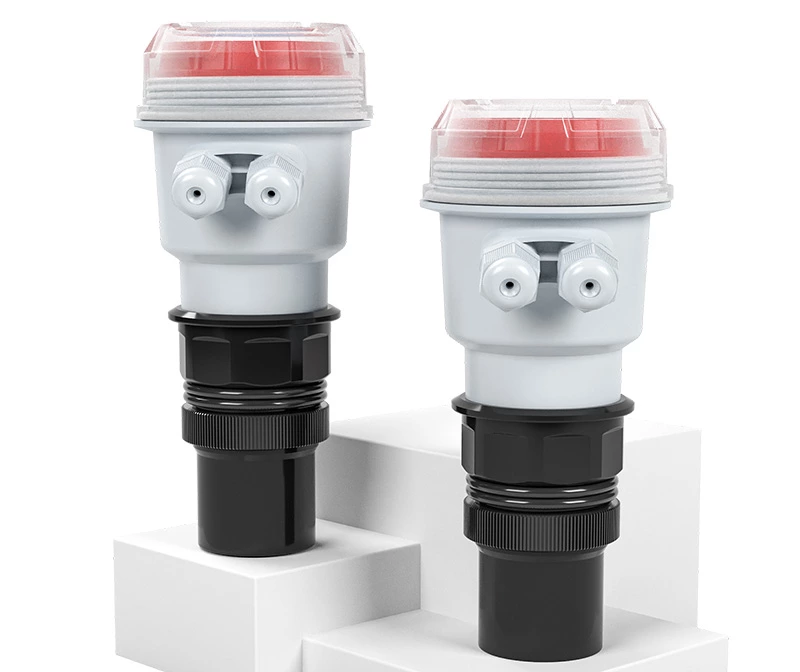
The first one: Entering the blind spot
Fault phenomenon: full scale or random data appears.
cause of issue:
Ultrasonic level meters have blind spots. Generally, within a range of 5 meters, the blind spot is 0.3-0.4 meters. Within a range of 10 meters, the blind spot is 0.4-0.5 meters. After entering the blind spot, the ultrasonic wave will show arbitrary values and cannot work normally.
Solution tips:
The height of the blind area must be considered during installation. After installation, the distance between the probe and the highest water level must be greater than the blind area.
The second type: stirring effect
There is stirring inside the container on site, and the liquid fluctuates greatly, affecting the measurement of the ultrasonic level meter.
Fault phenomenon:
No signal or data fluctuates greatly.
cause of issue:
When ultrasonic level meters measure distances, they all refer to calm water surfaces. For example, a 5-meter range ultrasonic level meter generally refers to a maximum distance of 5 meters for calm water surfaces, but the actual range is 6 meters. When there is agitation in the container, the water surface is not calm, and the reflected signal will be weakened to less than half of the normal signal.
Solution tips:
Choose an ultrasonic level meter with a larger range. If the actual range is 5 meters, then use a 10-meter or 15-meter ultrasonic level meter to measure. If you do not want to change the ultrasonic level meter, and the liquid in the tank is non-viscous, you can also install a waveguide and place the ultrasonic level meter probe in the waveguide to measure the level meter height, because the liquid level in the waveguide is basically stable. It is recommended to change the two-wire ultrasonic level meter to a four-wire one.
The third type: there is foam on the surface of the liquid.
Fault phenomenon:
The ultrasonic level meter is always searching or displays the "lost wave" status.
cause of issue:
Foam will obviously absorb ultrasonic waves, resulting in very weak echo signals. Therefore, when more than 40-50% of the liquid surface is covered with foam, the signal emitted by the ultrasonic level meter will be absorbed by most of the signal, causing the level meter to not receive the reflected signal. This has little to do with the thickness of the foam, but mainly with the coverage area of the foam.
Solution tips:
Install a waveguide and place the ultrasonic level meter probe in the waveguide to measure the level meter height, because the foam in the waveguide will be reduced a lot. Or replace it with a radar level meter to measure, the radar level meter can penetrate the foam within 5 cm.
The fourth type: there is electromagnetic interference on site.
Fault phenomenon:
The data from the ultrasonic level meter fluctuates irregularly, or simply shows no signal.
cause of issue:
There are many motors, frequency converters and electric welding in industrial sites, which will affect the measurement of ultrasonic level meters. Electromagnetic interference will exceed the echo signal received by the probe.
Solution:
The ultrasonic level meter must be reliably grounded. After grounding, some interference on the circuit board will escape through the ground wire. And this grounding must be grounded separately, and cannot share the same ground with other equipment. The power supply cannot be the same as the inverter and motor, and it cannot be directly drawn from the power supply of the power system. The installation location must be far away from the inverter, variable frequency motor, and high-power electric equipment. If it cannot be far away, a metal instrument box must be installed outside the level meter to isolate and shield it, and this instrument box must also be grounded.
Fifth: Temperature influence
The temperature inside the on-site water pool or tank is high, which affects the measurement of the ultrasonic level meter.
Fault phenomenon:
When the water surface is close to the probe, it can be measured, but when it is far away from the probe, it cannot be measured. When the water temperature is low, the ultrasonic level meter can measure normally, but when the water temperature is high, the ultrasonic level meter cannot measure.
cause of issue:
Liquid media generally do not generate steam and mist below 30-40℃, but steam or mist is easy to be generated when the temperature exceeds this. The ultrasonic wave emitted by the ultrasonic level meter will attenuate once when passing through the steam during the transmission process, and will attenuate again when reflected from the liquid surface, resulting in the ultrasonic signal returning to the probe being very weak, so it cannot be measured. Moreover, in this environment, the ultrasonic level meter probe is prone to water droplets, which will hinder the transmission and reception of ultrasonic waves.
Solution tips:
To increase the measuring range, the actual tank height is 3 meters, and you should choose an ultrasonic level meter of 6 meters to 9 meters. This can reduce or weaken the impact of steam or fog on the measurement. The probe should be made of polytetrafluoroethylene or PVDF and made into a physical seal type. Such a probe is not easy to condense water droplets on the emitting surface. Water droplets are more likely to condense on the emitting surface of other materials.
The above reasons may cause the ultrasonic level meter to malfunction. Therefore, when purchasing an ultrasonic level meter, be sure to explain the on-site working conditions to an experienced sales engineer to avoid many problems in the future.

